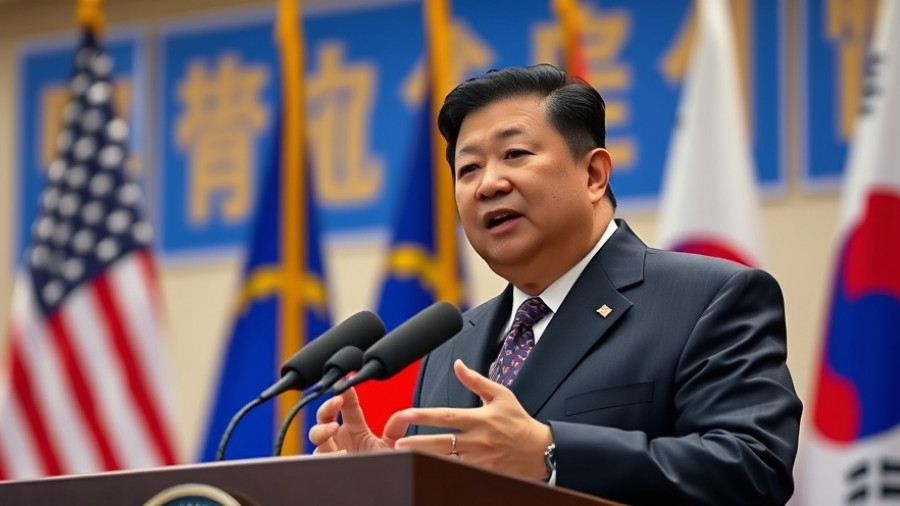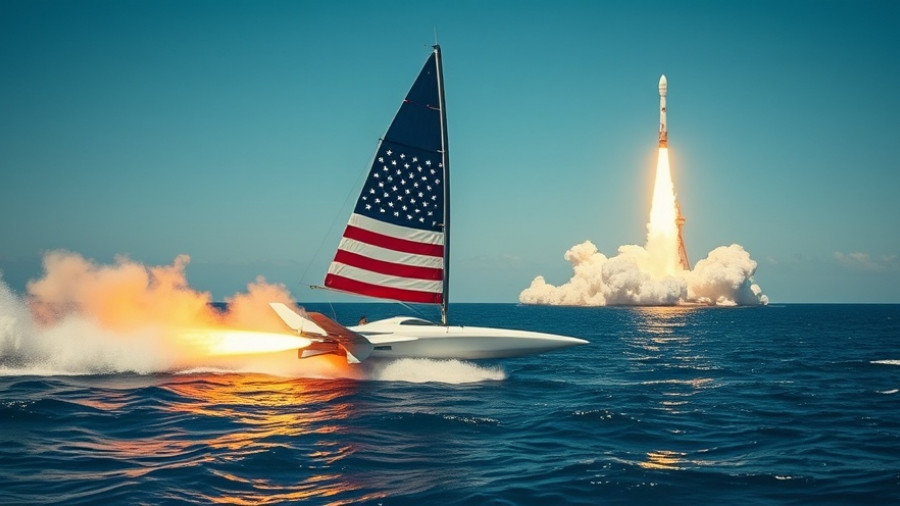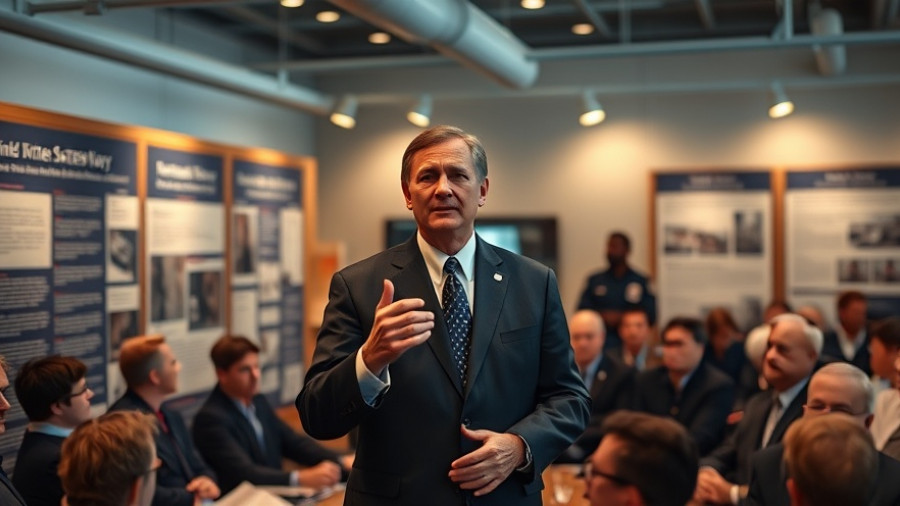
Marines Toast to a Legacy as Assault Amphibious Vehicle Retires
The sun set over Camp Pendleton, California, on September 26, 2025, marking the end of an era as the U.S. Marine Corps officially retired its beloved Assault Amphibious Vehicle (AAV). At the AAV Sundown Ceremony, a palpable mix of pride and nostalgia swept through the assembly as veterans, active-duty Marines, and families gathered to honor the AAV’s 53 years of service.
The AAV: A Workhorse of Choice
For more than half a century, the AAV served as the backbone of amphibious operations, transporting countless Marines from ship to shore across turbulent waters. It replaced the Landing Vehicle Tracked (LVT), the first vehicle designed to transport Marines into enemy territory during World War II. The AAV was introduced in 1972 and evolved through various upgrades to enhance its capabilities, including a water-jet propulsion system, advanced armor, and weapon systems. Colonel Lynn W. Berendsen, commanding officer of the Assault Amphibian School, emphasized, “The AAV-P7 was much more than just a connector; it transformed into a fighting vehicle essential for achieving military objectives.”
A Journey Through History
Over its storied history, the AAV played critical roles in significant military actions, from the beaches of Grenada to the deserts of Iraq. It functioned not only as an armored personnel carrier but also as a logistics platform and a boat, showcasing its versatility and resilience. As Colonel Berendsen recounted, “Its legacy is not only in its capabilities but also in the countless Marines who operated it and relied on it to accomplish their missions.”
The Transition to Modernization
The AAV's retirement comes as the Marine Corps ushers in the next generation of amphibious warfare vehicles, the Amphibious Combat Vehicle (ACV). This eight-wheeled armored personnel carrier integrates modern technology designed for expeditionary operations, with various configurations for troop transport, command, recovery, and fire support. The introduction of the ACV aims to enhance the efficiency and mobility of the Marine Corps, aligning with modernization efforts that prioritize speed and resilience in contested environments.
Honoring a Cherished Tradition
The farewell ceremony served not only to honor the AAV but also to reflect on the enduring spirit and camaraderie among Marines. The final salute from the AAVs as they paraded before the audience encapsulated a deep sense of connection to their service. The story of the AAV mirrors the tenacity of the Marines, each operating the vehicle tying their journey to the enduring legacy it represents.
Looking Forward
As the AAV fades into history, the Marine Corps is poised to embrace new technologies and methodologies in amphibious warfare, affirming its commitment to adapt and thrive on the evolving tides of maritime combat. The transition to the Amphibious Combat Vehicle signals a transformative shift in operational capability for tomorrow’s Marines.
As we reflect on the legacy of the AAV, we celebrate the bravery and service of all Marines who operated it, and look forward to the future with renewed hope and resilience.
 Add Row
Add Row  Add
Add 




Write A Comment